Radiomètres UV
- Kipp and Zonen - UVS
Voir la soumission
Réponse rapide par nos spécialistes
Avantages de faire affaire avec Geneq - en savoir plus
UVS instruments are fully weather protected and suitable for use in all environments.
Adjustable feet and a bubble level are used to ensure that the radiometer is horizontal. A precision quartz dome and specially shaped diffuser provide class-leading directional response.
The detection system includes optical filters and a phosphor that determine the spectral response. The phosphor is very sensitive to low levels of ultraviolet radiation and is stimulated by the UV to emit green light, which is detected by a photodiode.
The signal output is amplified for easy interfacing to data acquisition systems and the internal stabilisation temperature can be monitored. Power and signal connections are via a waterproof plug with 10 m of high quality UV resistant cable (25 m optional) and the instrument is kept dry internally by an easily removable desiccant cartridge.
The system is temperature stabilised at +25 °C to prevent changes in spectral response and sensitivity with variations in the ambient conditions.
For the measurement of
UVS-A-T - UVA irradiance
UVS-B-T - UVB irradiance
UVS-E-T - Erythemally active UV irradiance
UVS-A-T
UVS-A-T Radiometer has a broad spectral response optimised for precise measurements of atmospheric UVA irradiance. The output of 0-3 V represents 0-90 W/m² of radiation.
UVS-B-T
UVS-B-T Radiometer has a broad spectral response optimised for precise measurements of atmospheric UVB irradiance. The output of 0-3 V represents 0-6 W/m² of radiation.
UVS-E-T
UVS-E-T Radiometer has a spectral response function that is close to the Erythemal (sunburn) action spectrum of the human skin (ISO: 17166:1999 / CIE S 007/E-1998). It can be seen from the response graphs that UVE includes some UVA radiation and a response into the UVC band. For this reason a UVB radiometer should not be used to measure UVE and to calculate the Global Solar UV Index.
The output of 0-3 V represents 0-0.6 W/m² of radiation. The Global Solar UV Index can be calculated by multiplying the radiation value by 40 m²/W. For example, 0.25 W/m² of UVE represents a UV Index of 10. This is the value used for public health information.
Calibration and UVIATOR
People are very sensitive to small changes in the amount of UVB/UVE radiation. This depends upon altitude, the height of the sun in the sky, the amount of Ozone in the atmosphere and cloud cover. UVS radiometers are calibrated for a typical air-mass (solar zenith angle) and Ozone column concentrations. This is by comparison to reference UVS radiometers calibrated outdoors under natural sunlight with a Kipp & Zonen Brewer Mk III spectrophotometer.
All UVS instruments are supplied with calibration data files that include the spectral response function of the individual instrument and allow the data to be corrected for different solar zenith angles and Ozone column concentrations. Applying these corrections improves the accuracy by a factor of two or more. This can be done manually or it can be automated using UVIATOR.
UVIATOR is a Windows™ software programme that can import the calibration files for UVS radiometers. When the measurement data is imported, UVIATOR works out the solar zenith angle from the date, time and location information and applies appropriate corrections. It will go online to find the relevant Ozone Monitoring Instrument (OMI) satellite data and will apply the Ozone corrections. A file that contains the corrected UV measurements is generated.
| Spectral range (overall) | 315 to 400 nm |
| Typical output range | 0 to 90 W/m² |
| Response time (95%) | < 1.8 s |
| Non-linearity | < 1 % |
| Temperature dependence of sensitivity (-25 °C to +50 °C) | no error due to internal temperature stabilization at 25 °C |
| Operational temperature range | -40 °C to +50 °C |
| Supply voltage DC | 7 to 18 V |
| Spectral range (overall) | 280 to 315 nm |
| Typical output range | 0 to 6 W/m² |
| Response time (95%) | < 1.8 s |
| Non-linearity | < 1 % |
| Temperature dependence of sensitivity (-25 °C to +50 °C) | no error due to internal temperature stabilization at 25 °C |
| Operational temperature range | -40 °C to +50 °C |
| Supply voltage DC | 7 to 18 V |
| Spectral range (overall) | ISO 17166:1999, CIE S007/E-1998 nm |
| Typical output range | 0 to 0.6 W/m² |
| Response time (95%) | < 1.8 s |
| Non-linearity | < 1 % |
| Temperature dependence of sensitivity (-25 °C to +50 °C) | no error due to internal temperature stabilization at 25 °C |
| Operational temperature range | -40 °C to +50 °C |
| Supply voltage DC | 7 to 18 V |
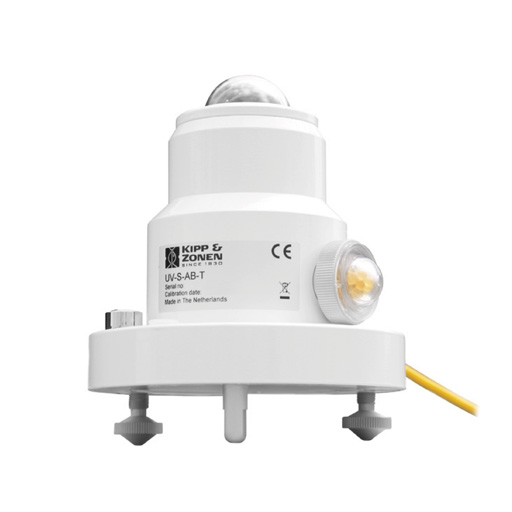
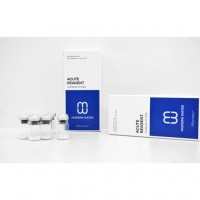
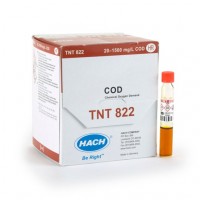
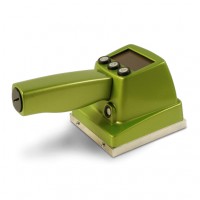
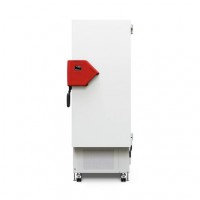


Avez-vous une question ?
min 10 ch